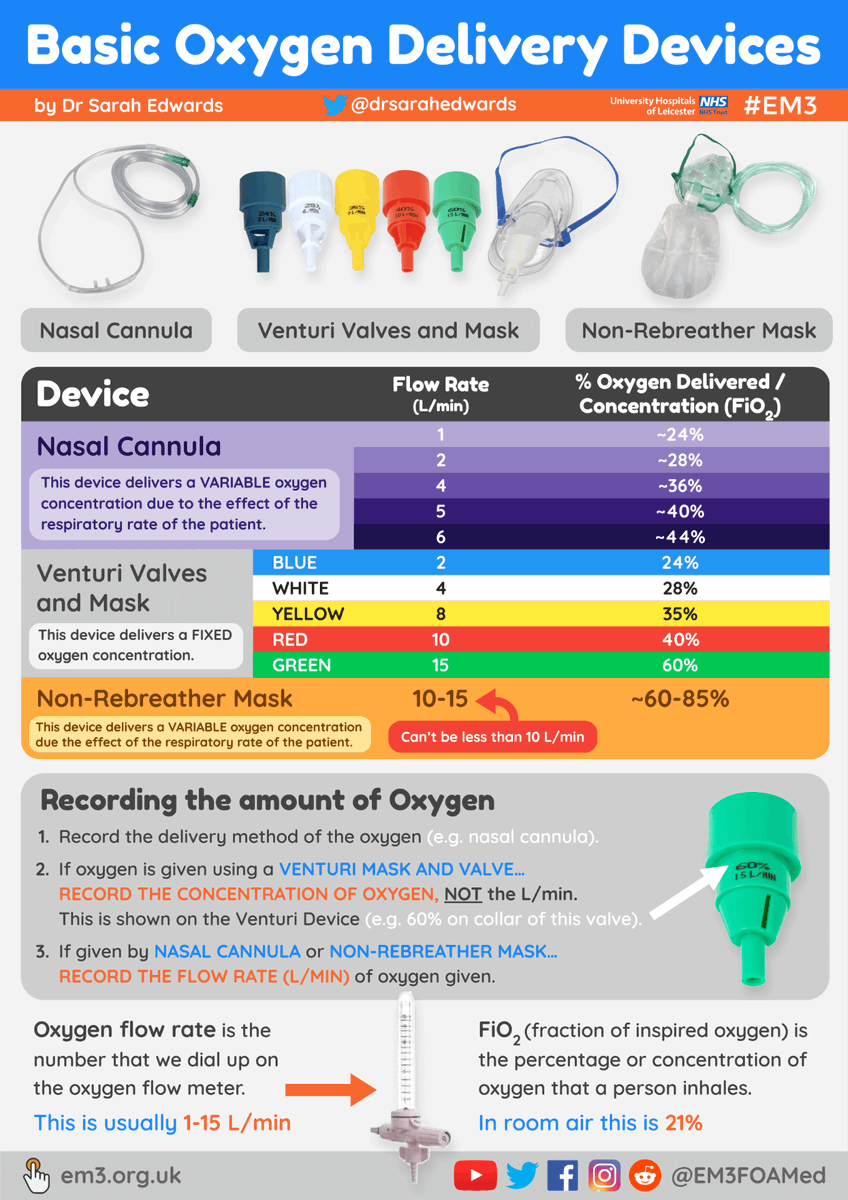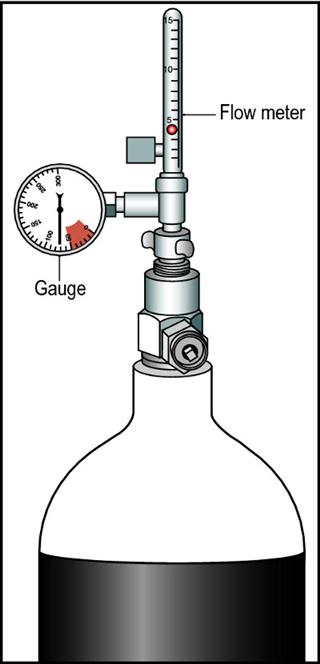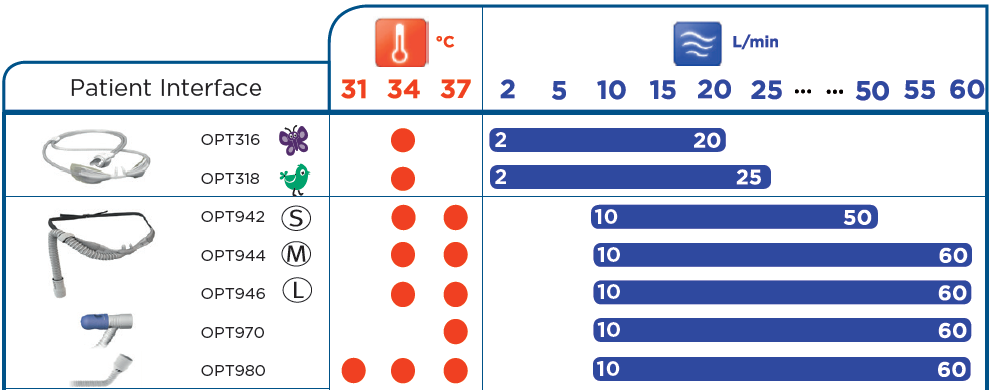oxygen delivery devices and flow rates uk
Per minute will deliver approximately 24 to 44 percent of oxygen to the patient. They have valves which deliver a fixed concentration of oxygen eg.

Types And Characteristics Of Oxygen Delivery Devices Download Table
Oxygen flow through a TTOC ranges between 05 and 4 Lmin 1.

. It is NOT the Lmin stated on the venturi that is delivered to the patient. Only goes up to 60 FIo2 so not for patients who have significantly high oxygen demands bulky. Examples include nasal cannulae and plastic masks.
Give oxygen therapy in a way which prevents excessive CO 2 accumulation - ie. 2 flow rates of less than 2 L O 2 lmin or if minute ventilation is very high 4 Lmin of oxygen flow delivers an FiO 2 of about 03504 providing there is a normal respiratory pattern Flow rates greater than 8Lmin do not increase FiO 2. 2 to 15 Lmin.
There are two important things to consider when delivering supplemental oxygen to your patient. Higher flows 4 Lmin make it uncomfortable for the patient. 1-2 with every increase in o2 flow per litre.
Hudson mask Delivers 30-40. Low flow O2 delivery device 05-6 Lmin. Oxygen use has extended from inpatient to outpatient settings for patients with chronic pulmonary diseases and complications of hypoxaemia.
The British Thoracic Society guidelines advise flow rates of no less than 5 Lmin to avoid rebreathing. Oxygen delivery typical flow devices single use rate range oxygen sources that can be used with each device. 22 to 60 oxygen with appropriate oxygen flow rates of 05 to 2 Lminute.
Nasal cannula Delivers 24-30. Flow 5ltmin is less tolerated due to flow jet in nasal cavity 1 - 24 2 - 28 3 - 32 4 - 36 5 - 40 6 - 44. Venturi masks are high flow delivery devices.
These devices deliver a variable inspired oxygen concentration to the patient which depends on the PIFR. Can delivery precise and dependable FiO2. 200969111 Bailey P Thomsen GE Spuhler VJ et alCrit Care MedJan2007351139145.
Regain Your Freedom With Our Smallest Most Advanced Portable Oxygen Concentrator Ever. If you need a higher flow rate of oxygen its likely you will need a. Oxygen delivery by TTOC bypasses the anatomical dead space in the upper airways and mouth allowing oxygen to pass directly into the trachea.
Reduce the work of breathing. This article presents an overview of oxygen devices oxygen concentrators compressed gas cylinders and liquid oxygen and delivery systems high- and low-flow. Oxygen delivery devices and flow rates should be adjusted to keep the oxygen saturation in the target range.
The oxygen flow rate and the FiO2. Depending on a patients inspiratory effort tidal volume speed of inspiration and respiratory rate the PIFR can often exceed the flow rate at which oxygen or an oxygenair mixture is supplied by the device meaning that at the time of PIFR. Oxygen saturation and delivery system including flow rate should be recorded on the patients monitoring chart.
Step up from nasal cannula but doesnt deliver specific of oxygen like venturi. 1 Two devices are available the ENK Oxygen Flow Modulator ENK and the Manujet. 2 A simple face mask is a low-flow oxygen device.
Prompt clinical assessment is required if oxygen therapy needs to be initiated or increased due to a falling saturation level. This oxygen delivery devices and flow rates chart shows the o 2 delivered measured for each toolthis reduces the overall oxygen needed during rest and with exercisethis table helps doctors choose thetypical fio 2 delivery settings are 24 28 31 35 and 40 oxygen. Lmin 1 Resultant oxygen concentration.
The of oxygen delivery depends on the flow rate and the delivery device. A simple face mask can deliver 35 to 60 oxygen with an appropriate flow rate of 6 to 10 Lminute. Nasal cannulae Teleflex Medica 1.
Each valve is colour coded Figure 3 although newer valves can be set at the desired FiO2 in a single unit. Sizing available for adults children and infants. The French Society of Anesthesiologists has recently published updated guidelines for difficult airway management and recommends the use of dedicated devices for transtracheal oxygen delivery.
Nasal cannula Simple plastic tubing prongs with an over the ear adjustments. 1 to 6 liters. Ad Global Leader In Portable Oxygen Concentrators.
Selection of the appropriate flow rate and delivery device. Actual FiO 2 depends on inspiratory flow rate. The actual amount of oxygen the patient receives will depend on the rate and depth of respiration.
A 28 valve will have a smaller hole than a 40 valve and so on. Inogen At Home - 30 Day Risk Free Trial. Use for non-acute ward use or if mildly hypoxic.
Designed to entrain a set amount of O2 and air which combine to produce a set flow of O2 the stated on the venturi. Oxygen delivery device Oxygen flow rate. Hudson mask Teleflex Medical 56.
A minimum of 6 Lminute of oxygen flow is needed 2to prevent rebreathing of exhaled carbon dioxide. In these situations supplemental oxygen can be administered via various oxygen delivery devices ranging from nasal prongs to invasive ventilation. Examples include nasal cannulae and plastic masks.
Transtracheal oxygenation may be lifesaving in cannot intubatecannot ventilate patients. The nasal cannula is a device that has two prongs that are placed in the patients nostrils and deliver oxygen at flow rates of 1 to 6 liters per minute. Adapters deliver set amounts of FiO2 at 24 to 60.
Ensure adequate clearance of secretions and limit the adverse events of hypothermia and insensible water loss by use of optimal humidification dependent on mode of oxygen. Hudson Nonrebreather Teleflex Medical 1012 80100. Low flow device Most common device used for mild hypoxia Can be set between 1 and 6 LPM 24 to 40 FiO2 FiO2 increases approximately 4 with each liter of O2 KorupoluR GJ Needham DMContemporary CriticalCare.
Oxygen delivery devices and flow rates uk. There are two important things to consider when delivering supplemental oxygen to your patient.

Oxygen Delivery Devices Chapter 10 Diagram Quizlet

Nasal Cannula Percent Oxygen Per Liter Hot Sale 50 Off Espirituviajero Com

Types And Characteristics Of Oxygen Delivery Devices Download Table
Clinical Guidelines Nursing Oxygen Delivery

Health Product Policy And Standards
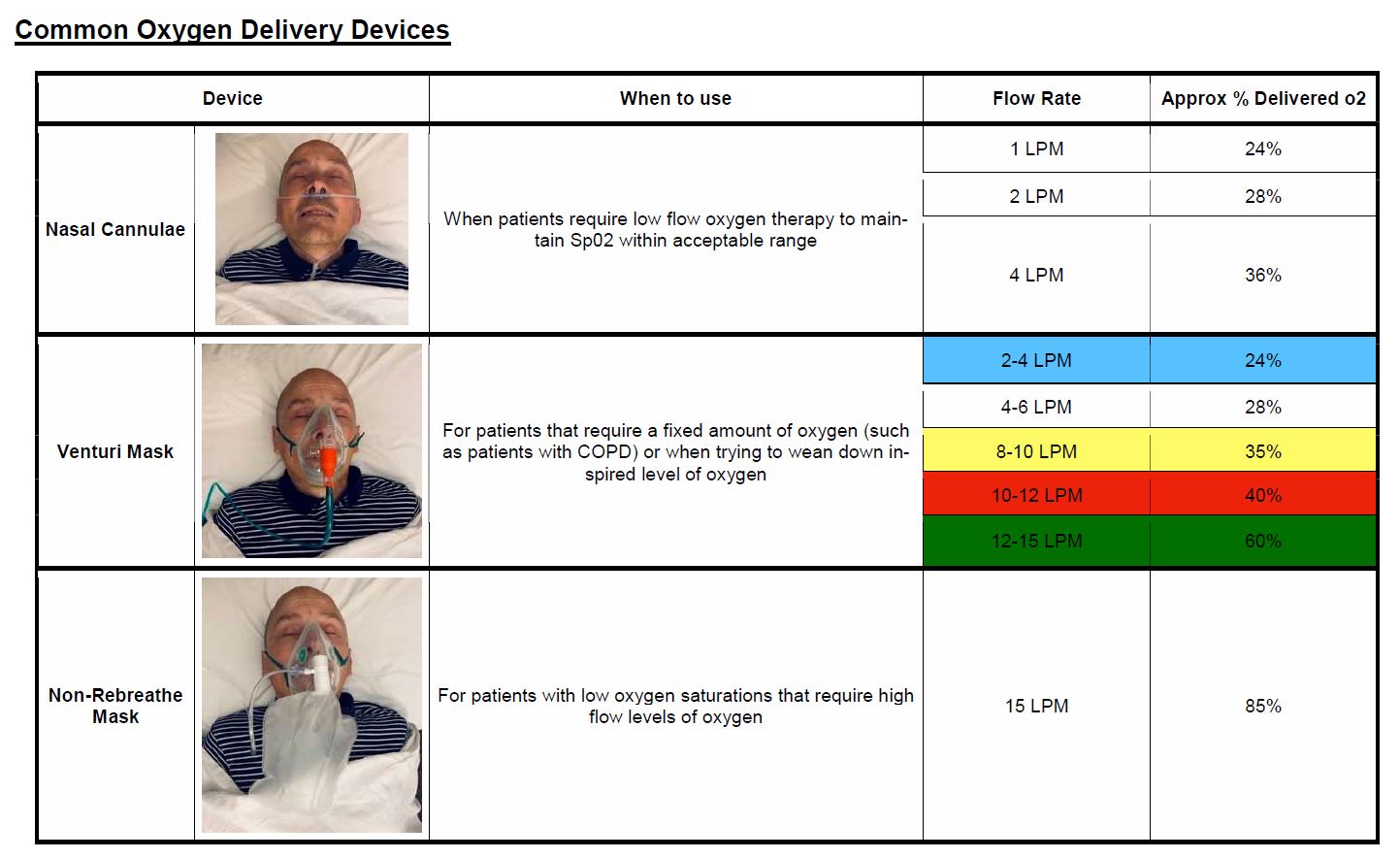
Medical Gases In Ed Rcemlearning
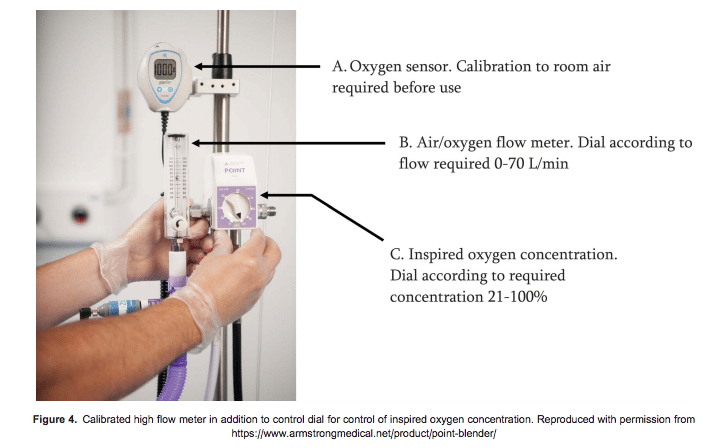
High Flow Oxygen In Anaesthesia And Critical Care Wfsa Resources

Abbreviations For Oxygen Devices For Use On Bedside Charts Download Table
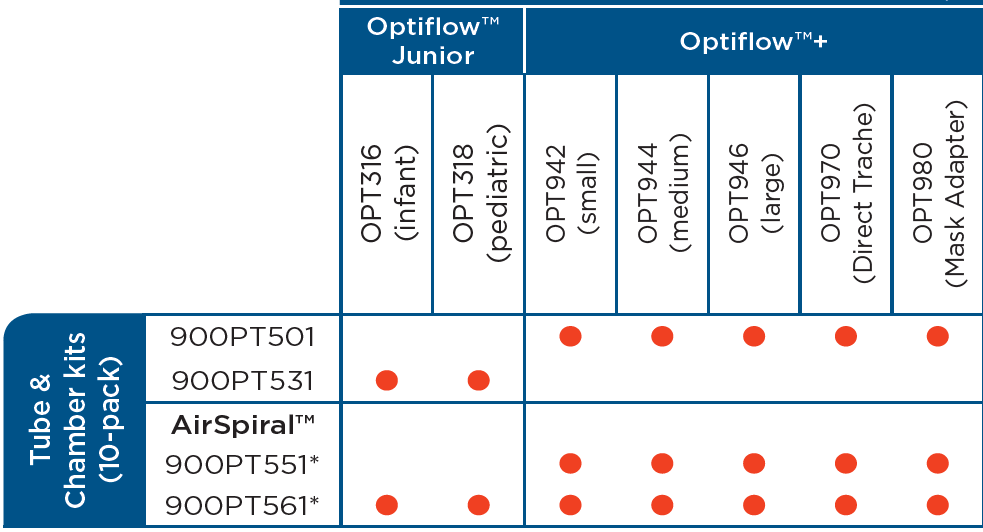
Clinical Guidelines Nursing Oxygen Delivery
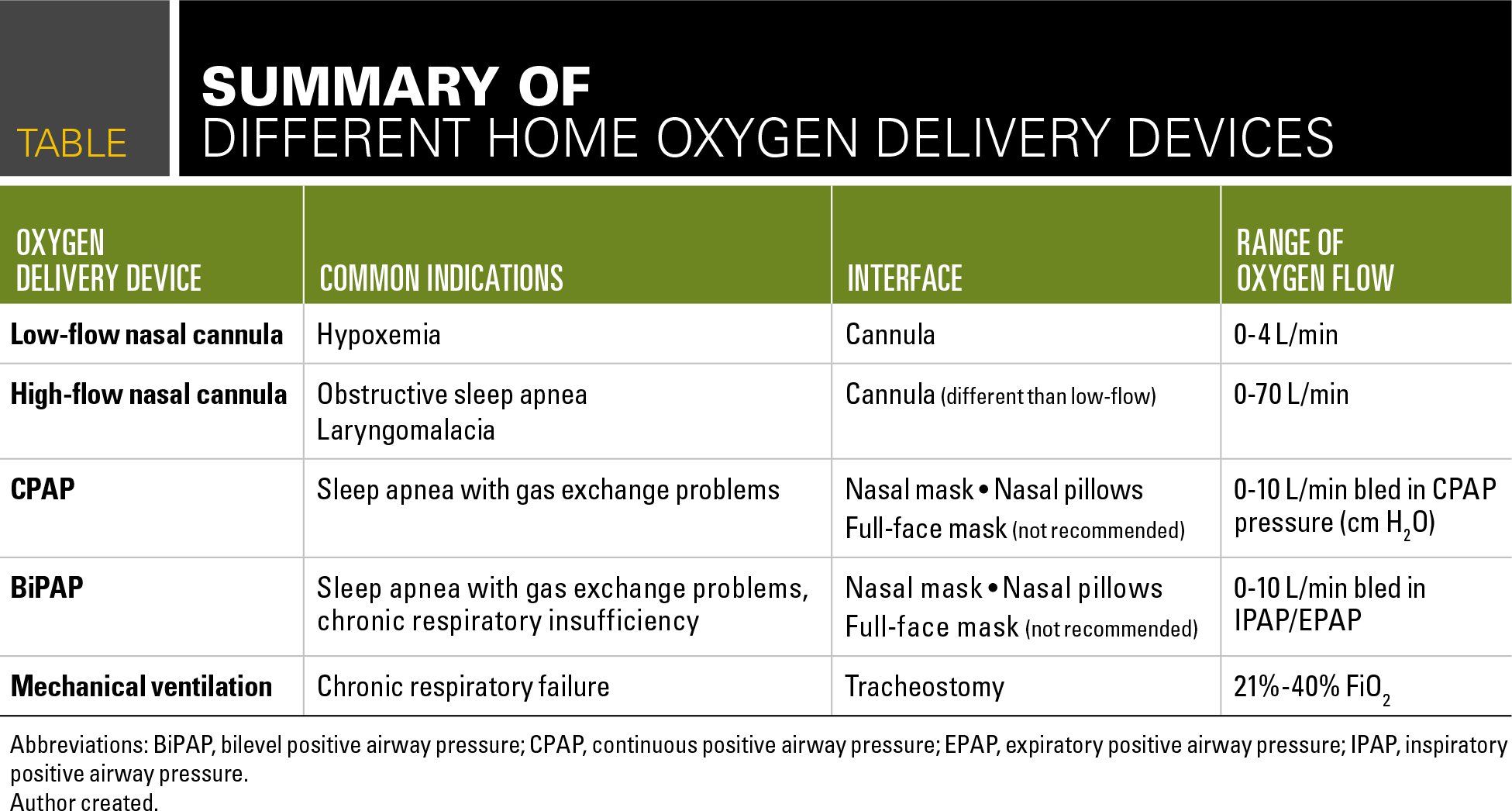
Oxygen Delivery In The Home Setting

Types And Characteristics Of Oxygen Delivery Devices Download Table
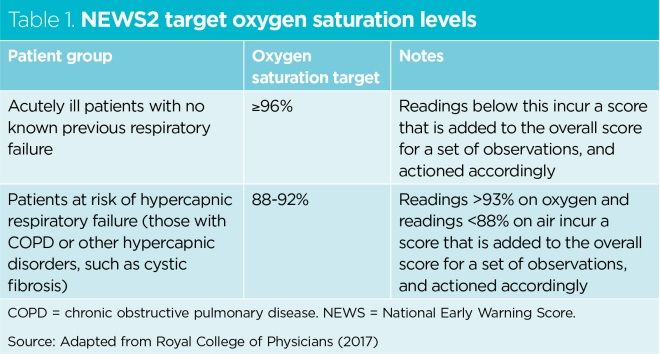
Ensuring The Safe Use Of Emergency Oxygen Therapy In Acutely Ill Patients Nursing Times

Types And Characteristics Of Oxygen Delivery Devices Download Table

Abbreviations For Oxygen Devices For Use On Bedside Charts Download Table
